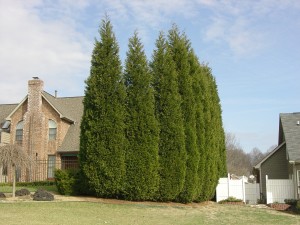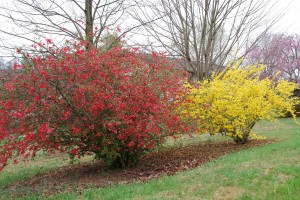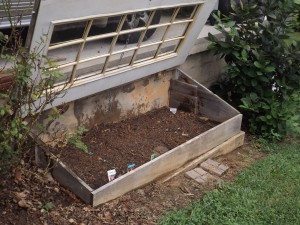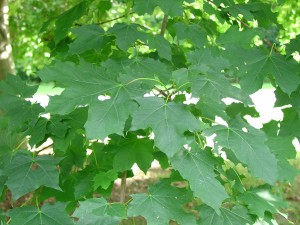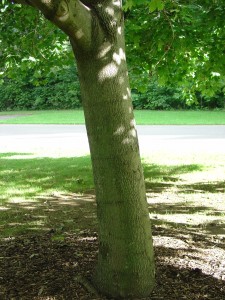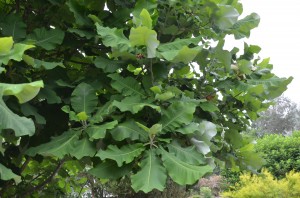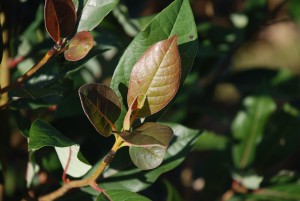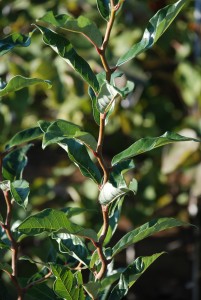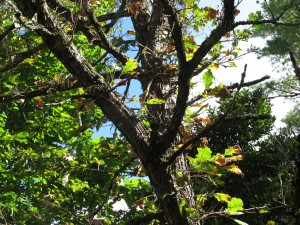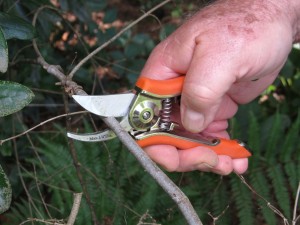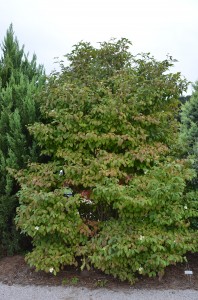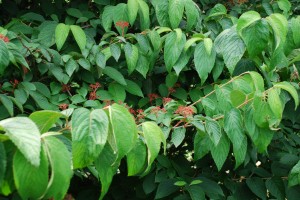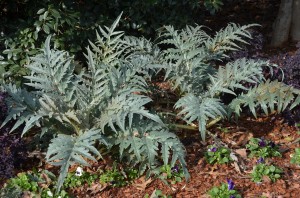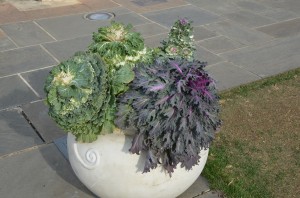In a hurry to create a little privacy from neighbors, then add a tall evergreen privacy screen to your planting chores. Four most popular conifers are rated by annual growth rate. If you recall the children tale of “The Tortoise And The Hare”, fast does not mean best.
Leyland cypress (x Cupressocyparis leylandii) (zones 6-9) has the fastest growth rate at 40-50 feet tall and 20-25 feet wide in less than 25 years. Growth rate averages 3 – 4 feet annually. Leylands are very care-free the first 10 years, except they’re suffer during long summer dry spells. Plant them 12-15 feet apart with frequent irrigation the first 2-3 years. They become too tall for their space. As shrubs age, their susceptibility to fungal diseases also increases. Pruning off dead or diseased wood is the only remedy, usually requiring working on a tall ladder. Plant spacing is 12 -16 feet apart.
Japanese Cedar (Cryptomeria japonica) (zones 5-8) is another fast grower at 30-40 feet tall and 20-25 feet wide in 30 years. Winter foliage tends to turn bronze colored, but green needle color returns in early spring. Cryptomerias may become susceptible to Cercospora leaf spot disease if shrubs are crowded too close together. Three-year and older established shrubs are very drought tolerant. Plant spacing is 12-14 feet apart.
‘Green Giant’ arborvitae (zones 5-7) is a hybrid between west coast native arborvitae (T. plicata) and Japanese arborvitae (T. standishi). Growth rate starts slow, but Green Giant gets 25-35 feet tall and 15-18 feet wide in 30 years. They are moderately drought tolerant and mostly disease and pest resistant. Plant spacing is 10-12 feet apart
Emerald® Eastern arborvitae (Thuja occidentalis ‘Smaragd’) (zones 3 -7) is slowest grower of the four, a semi-dwarf shrub with a compact, narrow pyramidal habit. Also called “Emerald Green” arborvitae, it has glossy, dark green, flat sprays of scale-like foliage. Grows 20 to 30 feet tall and 10 to 15 feet wide at maturity. Disease and insect problems are few. Plant spacing is 8-10 feet apart.

